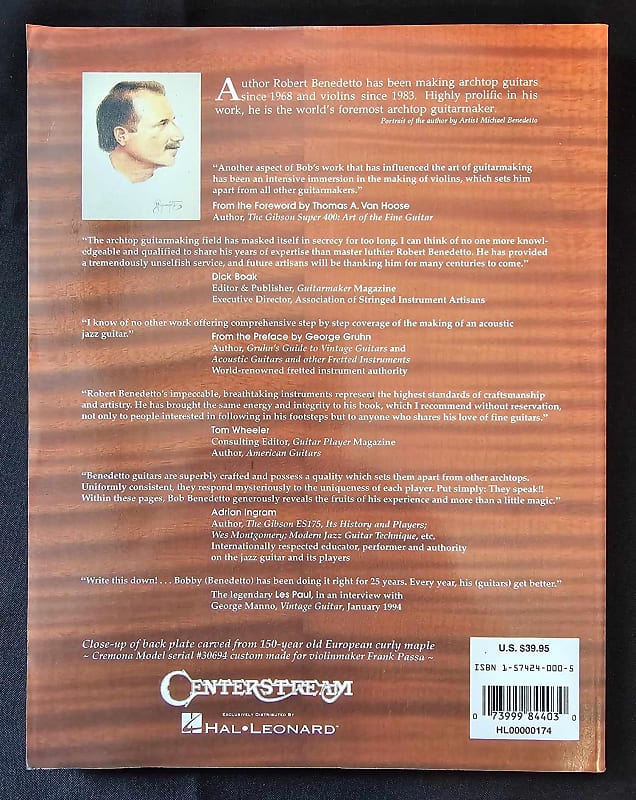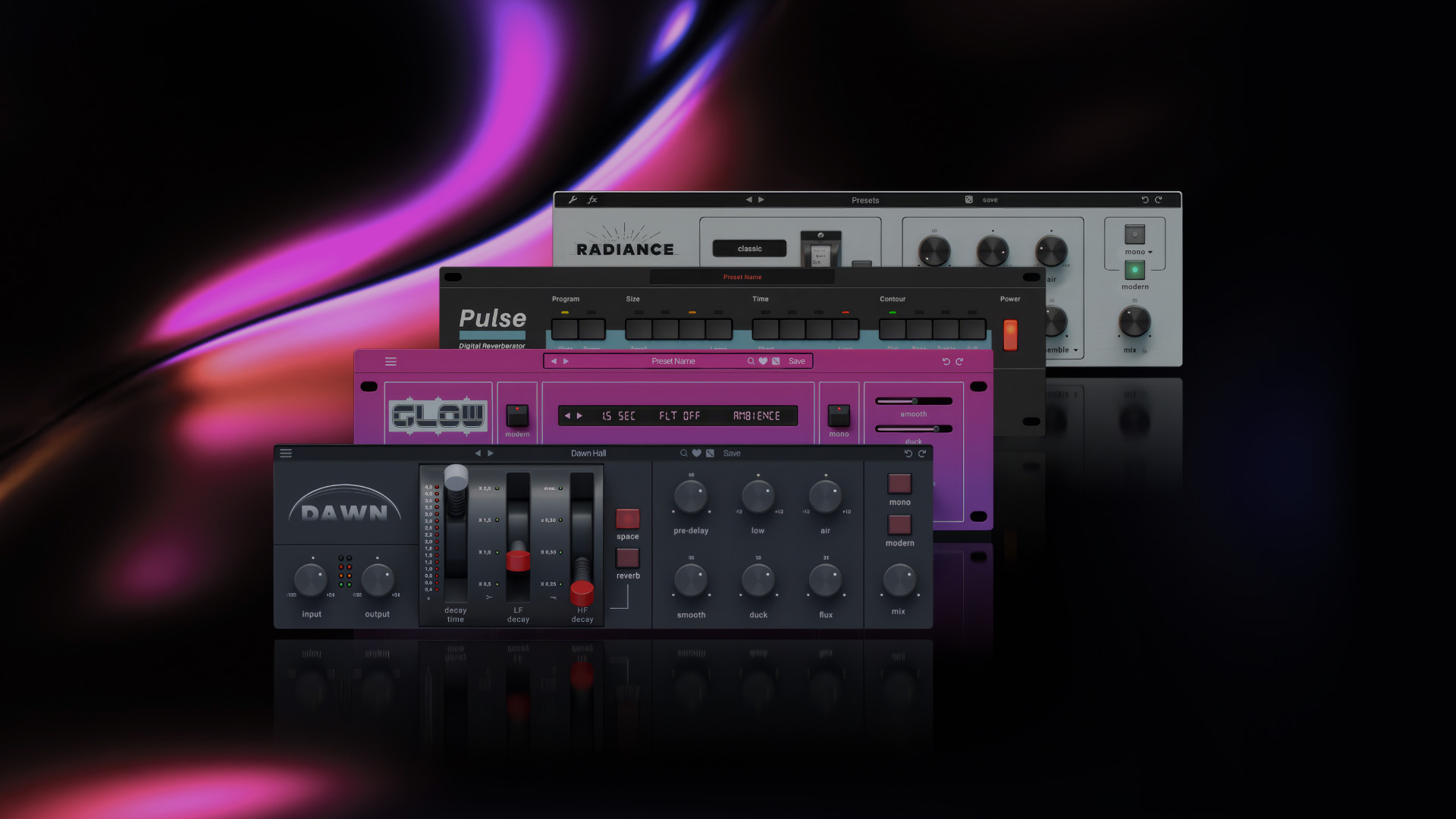Plate reverb is a type of artificial reverb created using a metal plate vibrating to produce reflections of sound waves. It differs from other types of reverb like spring or digital by its unique sonic character and natural decay.
Reverberation plays a crucial role in audio production, enhancing sounds to add depth and space. Among various reverb types, plate reverb stands out for its distinctive metallic and smooth qualities. As a popular choice for recording studios, plate reverb offers a classic yet versatile sound that complements vocals, instruments, and even entire mixtures.
Understanding the differences between plate reverb and other reverb types enables producers to choose the most suitable option depending on the desired effect for their audio projects.

Credit: reverb.com
Exploring Plate Reverb
Discover the unique sound of plate reverb and its differences from other reverb types. We’ll explore its characteristics and explain how plate reverb creates distinctive spatial effects, making it a popular choice in audio production.
Exploring Plate Reverb A Classic Reverb Technique: Plate reverb is a classic method of creating reverberation in audio production. How Plate Reverb Works: When sound hits a large metal plate, vibrations are captured and transduced into a signal. The signal then goes through amplification and equalization before being blended back with the original sound. In plate reverb, the longer the plate, the longer the reverb decay. This technique is beloved for its warm, lush sound that adds depth and dimension to audio tracks.Historical Significance
Plate reverb holds a significant place in the history of audio production, having a unique impact on music recording and performance.
Early Development
Plate reverb was developed in the 1950s, using large metal plates to create a reverberation effect in audio recordings.
Integration In Music Production
Plate reverb quickly gained popularity in music production for its warm and natural sound, adding depth and dimension to recordings.
Distinct Audio Characteristics
Plate reverb is known for its distinct audio characteristics, setting it apart from other types of reverb. Its sonic qualities create a unique and captivating sound that is popular among audio engineers and musicians alike. Understanding these distinct audio characteristics can shed light on the appeal and differences of plate reverb compared to other reverb types.
Warmth And Depth
Plate reverb produces a warmth and depth that is difficult to replicate with other reverb types. The resonance and decay of the sound in a plate reverb unit create a rich and immersive sonic experience. This characteristic makes it a preferred choice for adding depth and dimension to vocals, drums, and various instruments in the recording and sound reinforcement processes.
Unique Sound Modulation
The unique sound modulation of plate reverb is another key factor that sets it apart. Unlike digital reverb units, plate reverb imparts a subtle yet distinctive modulation to the sound, adding a touch of organic movement and texture. This natural, dynamic effect contributes to plate reverb’s appeal and makes it particularly sought after for achieving a lush and natural-sounding reverb in audio production.

Credit: www.facebook.com
Modern Applications
Modern applications have significantly expanded the possibilities of plate reverb, showcasing its versatility and adaptability in various settings. From digital emulation to innovative studio techniques, plate reverb continues to evolve and find new ways to enhance the audio experience.
Digital Emulation
Digital technology has revolutionized the world of audio production, allowing engineers to recreate the classic sound of plate reverb without the need for a physical plate. Through advanced algorithms, a digital emulator can replicate the distinct characteristics and tonal qualities of a traditional plate reverb unit.
With digital emulation, you have access to an extensive range of plate reverb presets tailored to different musical genres and styles. Whether you’re working on a vibrant pop track or a moody ambient piece, you can easily experiment with various plate reverb settings to find the perfect sound.
Moreover, digital emulation provides the flexibility to tweak parameters such as decay time, pre-delay, and EQ, giving you precise control over the reverb effect. This level of customization allows you to achieve the desired ambiance and spatial depth within your mix.
Innovative Studio Techniques
In addition to digital emulation, modern studios have embraced innovative techniques that push the boundaries of traditional plate reverb. These techniques involve using the physical plate as a creative tool rather than solely relying on its natural reverb characteristics.
One such technique is the “mangling” of the plate reverb sound. Engineers manipulate the plate by using objects to strike, bow, or scrape the surface, resulting in unique and unconventional reverberation effects. This approach adds a distinct texture and character to the sound, allowing for experimental and avant-garde sonic exploration.
Furthermore, engineers often combine plate reverb with other effects and processors to create intricate and immersive spaces. By integrating delay, modulation, and filtering techniques, they can sculpt the reverb tail to fit seamlessly within the mix, enhancing depth and dimensionality.
| Benefits of Modern Applications: |
|---|
| Provides access to a wide range of plate reverb presets |
| Allows precise control over reverb parameters |
| Enables experimentation with unconventional plate reverb techniques |
| Offers the ability to combine plate reverb with other effects for enhanced creativity |
Modern applications of plate reverb continue to shape the sonic landscape, providing musicians, producers, and engineers with boundless possibilities. Whether through the digital realm or innovative studio techniques, plate reverb remains a crucial tool for adding depth, ambiance, and character to audio recordings.
Magical Plate Reverb In Popular Music
In the world of music, reverb is an essential effect that brings depth and ambience to a recording. It creates the illusion of space, making the sound appear as if it is reverberating in a real room or environment. Among the various types of reverb, plate reverb holds a special place in the hearts of music enthusiasts. Its unique sound and impact on popular music make it truly magical.
Iconic Recordings
Plate reverb has been used in countless iconic recordings that have shaped the landscape of popular music. From classics like The Beatles’ “Revolver” to Led Zeppelin’s “Stairway to Heaven,” plate reverb has left its sonic imprint on some of the most influential songs of all time. The lush and shimmering reverb created by the metal plates in these vintage units gives the music a sense of grandeur and spaciousness.
Impact On Music Genres
The impact of plate reverb goes beyond individual recordings; it has also played a significant role in shaping entire music genres. In the realm of rock music, plate reverb is often associated with the massive drum sounds of the ’80s. Bands like U2 and Def Leppard embraced this effect, using it to create larger-than-life drum sounds that filled arenas worldwide.
In addition to rock, plate reverb has found its place in other genres as well. In jazz, it adds a warm and vintage ambiance, enhancing the richness of the instrumental performances. In electronic music, plate reverb contributes to the ethereal and atmospheric textures that define the genre.
Overall, plate reverb has left an indelible mark on popular music, becoming an integral part of the sound we know and love. Its ability to transform a flat recording into something vibrant and alive is what makes it truly magical.

Credit: www.wavealchemy.co.uk
Frequently Asked Questions For What Is Plate Reverb And How Does It Differ From Other Types Of Reverb?
What Is The Difference Between Reverb And Plate?
Reverb creates an overall sense of space while plate reverb emulates the sound reflecting off a metal plate.
What Is A Plate Reverb?
A plate reverb is an audio effect created by vibrating a metal plate to produce reverberation in recordings.
Why Does Plate Reverb Sound So Good?
Plate reverb sounds good due to its natural decay and rich, warm tones. The sound reflects off a metal plate, creating a unique ambience that enhances the audio. This classic effect adds depth and dimension to the sound, making it a popular choice in music production.
What Are The Three Types Of Reverberation?
The three types of reverberation are early reflections, late reflections, and decay. Early reflections happen within 50 milliseconds of the original sound. Late reflections occur after 50 milliseconds, adding depth to the sound. Decay is the gradual decrease in sound intensity after the original sound ends.
Conclusion
Plate reverb creates a distinct vintage sound that differs from other reverb types. Its unique mechanics and sonic characteristics make it a sought-after effect in audio production. Understanding the differences between plate reverb and other reverb types can help you make informed decisions when designing and mixing your music.
Explore and experiment with each reverb type to unlock new creative possibilities in your sound.